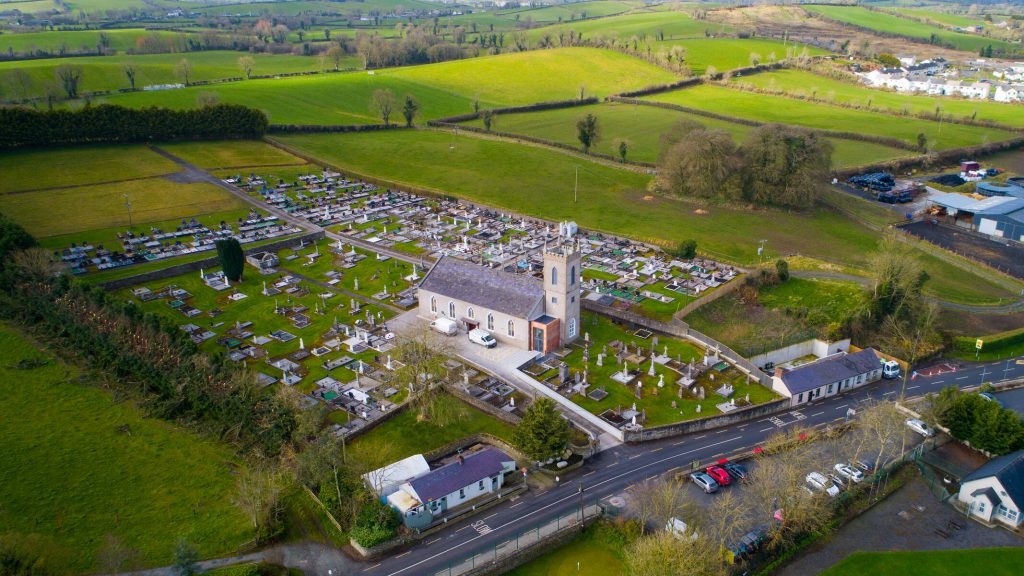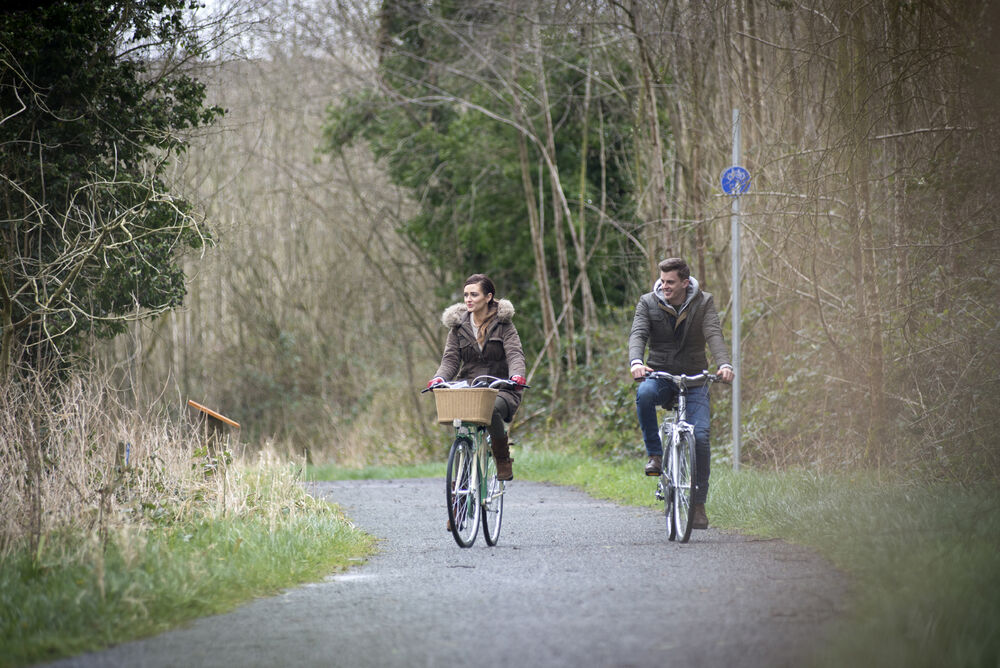
By Barry Coughlan
The first thing about Monaghan people you’ll get, or won’t get, is the accent.
The good people of the county have to endure more than a share of accent-picking from, amongst them, comedians like Oliver Callan who brilliantly encapsulates various Irish accents found throughout the small nation of Ireland.
I suppose it’s “rich” for a Cork man like me acting judge and jury on anyone’s accent but Monaghan’s is, to be fair, difficult to catch and understand.
Indeed the native people themselves of Monaghan themselves have to contend with differing dialects from other nearby counties Cavan, Tyrone, Fermanagh, Louth, Armagh and Westmeath. Some say Monaghan-speak has a bit of all of them!
Readers should try to grab a video clip of Callan talking Irish accents and particularly his take on Monaghan (try The Monaghan Accent – By The Two Johnnies podcast.)
Callan has every right to his take on Monaghan – after all, he was born and raised in the village of Inniskeen (population 273) in the county, 41 years ago, 77 years after Inniskeen’s most famous son, poet Patrick Kavanagh!
Any product of the Irish schools system will automatically know the name of Kavanagh, and know of Monaghan, albeit not much in a positive manner.
Kavanagh had to break away from a sad, lonely and very harsh background to finally make his mark in the artistic world, done with the backing from his devoted brother Peter, who was to go on to become Kavanagh’s great protector and supporter.
My schooldays are remembered vividly through one of Kavanagh’s poems one of which was not of any joy or lavish praise for his home county.
Stony Grey Soil
O stony grey soil of Monaghan
The laugh from my love you thieved;
You took the gay child of my passion
And gave me your clod-conceived.
You flung a ditch on my vision
Of beauty, love and truth.
O stony grey soil of Monaghan
You burgled my bank of youth!
Here in these two verses, he vents his bitterness and frustration at how his youth was blighted by the oppressive hardship of rural life in Monaghan. It’s a poem that immediately sets Kavanagh apart from most of his contemporaries who wrote about nature and the countryside. Many of those writers were educated and city based.
Unlike most middle-class poets, Kavanagh was poor, uneducated and had experienced country life first hand. He spent most of his youth until his late 20s doing hard labor as a farm worker.
He rose above that to leave an artistic mark on the world that has endured through the decades and his work was marked finally in his home place with the opening of the Patrick Kavanagh Center housed in a former Roman Catholic church, St Mary’s. Kavanagh is buried in the adjoining churchyard.
These days, Kavangh’s legacy is just one attraction in the increasingly popular tourism portfolio for the county, whose biggest population center is the town of Monaghan with just over 7,600 people.
Monaghan was one of the few Republic of Ireland towns touched by the violence that spread throughout Northern Ireland in the 1970s and seven people died in a Loyalist Car Bomb attack on the town in May, 1974.
Happily, peace is now the overriding factor in Irish life throughout the northern part, and nearby, of a country immersed in history and abounding with must-see destinations and attractions.
The County has its own share of jewels that tourists flocking back to Ireland after the Covid years are seeking,
Monaghan continues to host one of Ireland’s most prestigious and established blues festivals, the Harvest Time Blues Festival every September.
Founded in 1974, Monaghan County Museum is recognized as one of the leading provincial museums in Ireland, with a prestigious Council of Europe Award conferred in 1980, among others, to its credit.
The Garage Theatre is an arts facility located on the Monaghan Education Campus. It hosts a wide range of activities including drama, music, dance and film.
From an economic point of view, the town is a center for the timber-frame house building industry with Kingspan Century being the largest of its kind in Europe.
It is also the center of a thriving agribusiness most notable of which is the mushroom industry.

A significant development in generating increased tourism revenue for the county is that Government funds are in place for more work on the Ulster Canal which will involve the development of a new 42-berth marina in Clones, access bridges and an amenity area near the town, which boasts some famous sons like playright and novelist Patrick McCabe, boxer Barry McGuigan and the writer/journalist Thomas Bracken whose major claim to fame was writing New Zealand’s National Anthem God Defend New Zealand.
With rich potential to link many more areas of the north and south, The Ulster Canal is one running through part of County Armagh, Tyrone and Fermanagh in Northern Ireland and Monaghan in the south. It was built between 1825 and 1842, was 46 miles long with 26 locks but closed in 1931.
An altogether faster mode of transport is featured by the Rally School of Ireland based in Scotstown, just six miles from Monaghan Town.
Rally School Ireland has grown to become Ireland’s premier motorsport facility. The purpose built track is designed not only to test the driver, but the car too and the company links with several hotels and guest houses in Monaghan to provide packages allowing for a unique car experience for interested parties.
Email Info@rallyschoolireland.ie for more information.
Details of what’s on offer throughout Monaghan can be found at www.monaghantourism.com
